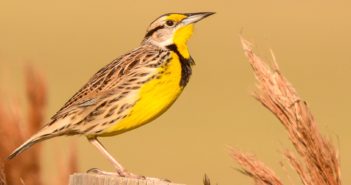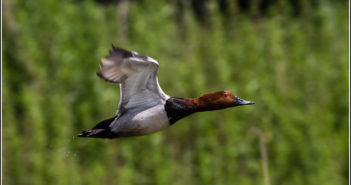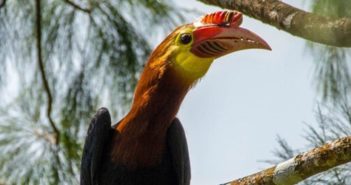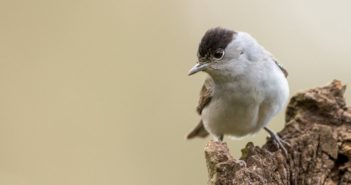
Conservation Action Has Reduced Bird Extinction Rates by 40%
A new study shows that global conservation action has reduced the effective extinction rate of birds by an astonishing 40%.

A new study shows that global conservation action has reduced the effective extinction rate of birds by an astonishing 40%.

A new study shows that the USA and Canada have lost more than a quarter of their birds over the past 50 years. This includes hundreds of species, from backyard songbirds to long-distance migrants.

A new study estimates that at least 1.7–4.6 million birds of at least 413 species may be killed or taken illegally each year in the region, many of them on migration.

In the Philippines, rufous-headed hornbills have been driven to the brink of extinction by hunting and deforestation. But thanks to a new project, they are celebrated among local people, and have kicked off a movement to restore the area’s forests.

It is said that a tiger cannot change their stripes. Yet, after once hunting and killing a tiger for the subsistence of his family, now-BirdLife employee Mem Mai proves that people can change their ways, especially when given the opportunity.

With the biodiversity crisis quite possibly surpassing climate change as the greatest threat to humanity, we explore why many do not seem to realize the urgency, and reveal why this year is the crucial time for a plan ‘B’.

If you think millennials are too busy looking at their phones to care about conservation, you haven’t met these young people. Every year, Birdlife grants funding and support to young people whose new, fresh ideas are changing the way we protect the planet. Learn here about this year’s winners.

BirdLife speaks to renowned American author Jonathan Franzen about birds, economics, ethics and the end of the earth.

How did a sleepy rural community become the stork capital of North Macedonia? We meet the white storks who live alongside local people, and discover how one woman’s love of birds inspired an entire movement.

European honey-buzzards are fearless in the face of stinging wasps and hornets, but they have no defense against illegal shooting for sport. In Italy, “anti-poaching camps” sparked an extremely successful movement which has saved thousands of honey-buzzards.

A gangly, bald, leathery bird with a penchant for eating garbage, the greater adjutant’s unconventional appearance has brought them to the edge of extinction. But in India, an all-female group of conservationists is fighting to clear the adjutant’s name.

The Eurasian blackcap’s beautiful song has inspired humanity for centuries. But in Cyprus today, it is silenced by industrial-level illegal trapping, all to fuel an unlawful trade in local delicacies. Could education be the solution?